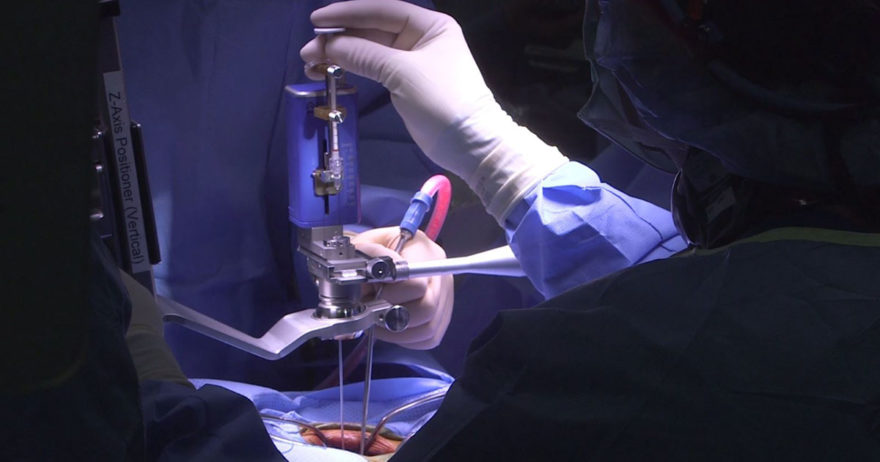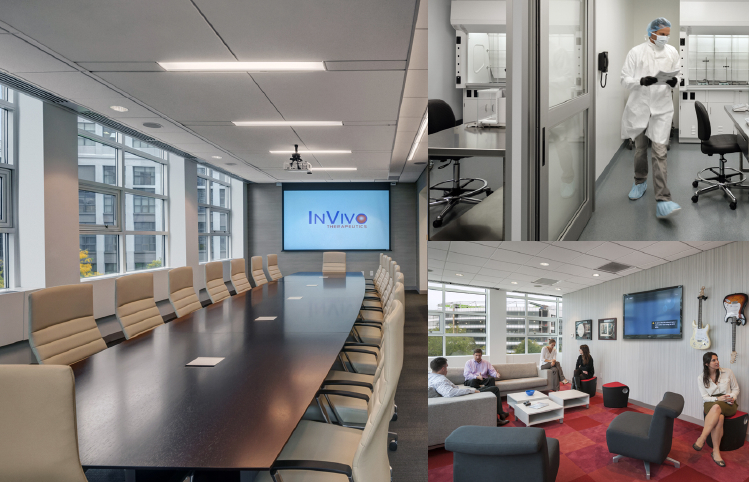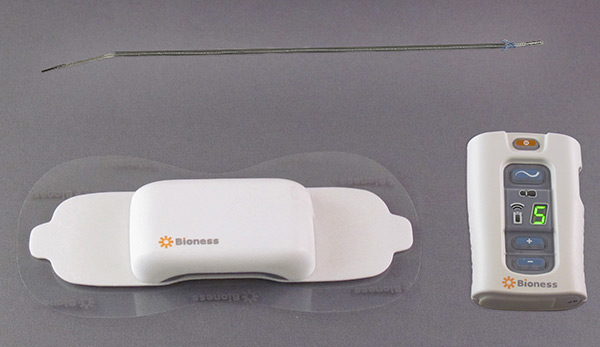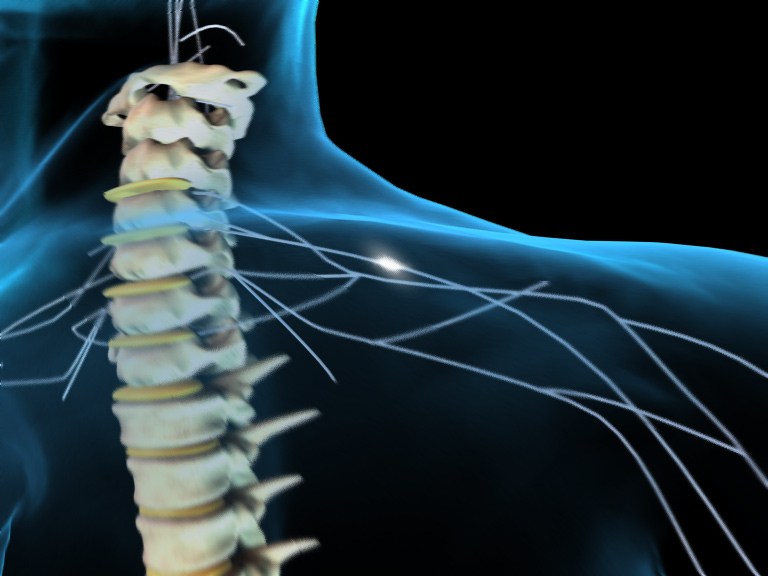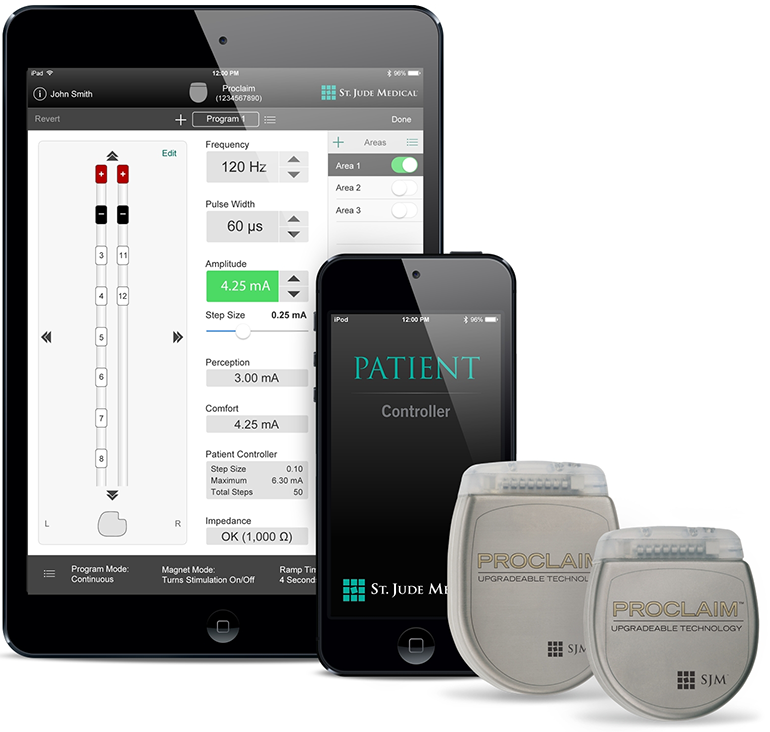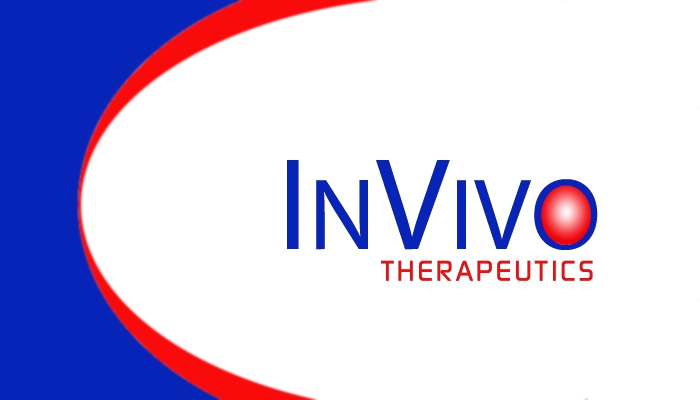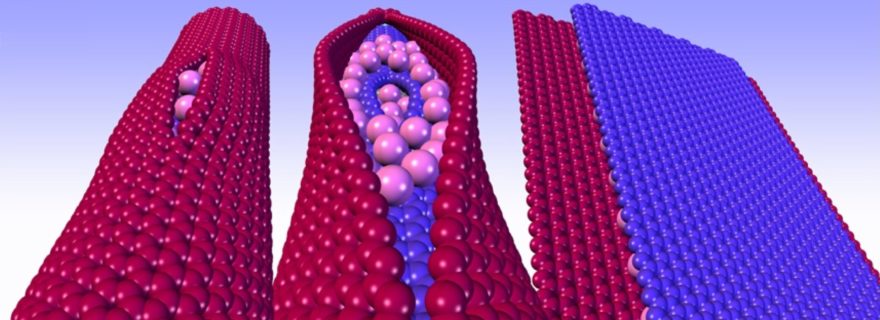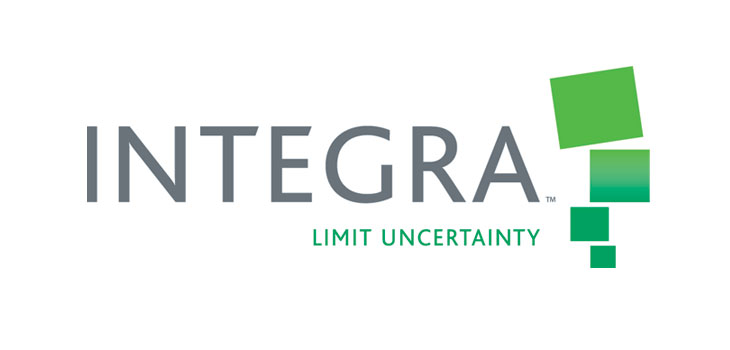FREMONT, Calif., Nov. 8, 2016 /PRNewswire/ — Asterias Biotherapeutics, Inc. (NYSE MKT: AST), a biotechnology company pioneering the field of regenerative medicine, today announced that the first patient with complete (AIS-A) cervical spinal cord injury was successfully administered the highest dose of 20 million cells of AST-OPC1 (oligodendrocyte progenitor cells) in the SCiStar clinical trial at Santa Clara Valley Medical Center (SCVMC) in San Jose, CA. In addition, enrollment continues in the AIS-B 10 million cell cohort with a second patient now dosed.
Dose escalation to 20 million cells followed the Data Monitoring Committee (DMC) review of safety data from the prior 2 million cell and 10 million cell dose cohorts, and was based on AST-OPC1’s continued favorable safety profile observed in the ongoing clinical study. The company recently presented positive early efficacy data from the 10 million cell cohort. These data reached the 6 month efficacy target within 3 months and suggested the emergence of a possible early dose response for AST-OPC1.
“We have been very encouraged by the early clinical efficacy and safety data for AST-OPC1, and we now look forward to evaluating the 20 million cell dose in complete cervical spinal cord injury patients,” said Dr. Edward Wirth, Chief Medical Officer of Asterias. “Based on extensive pre-clinical research, this is in the dosing range where we would expect to see optimal clinical improvement in these patients.”
Stephen McKenna, MD, Chief of the Rehabilitation Trauma Center at SCVMC, said, “The early efficacy results presented in September from the 10 million cell AIS-A cohort were quite encouraging, and we’re looking forward to seeing if those meaningful functional improvements are maintained through six months and beyond. We are also looking forward to seeing the results in patients from the higher 20 million cell AST-OPC1 dose, as well as results in the first AIS-B patients.”
The trial results to date continue to support a positive safety profile for AST-OPC1. There have been no serious or unexpected adverse events related to AST-OPC1, the administration procedure or the accompanying short course of low-dose immunosuppression in any of the patients treated with AST-OPC1, including five patients in an earlier Phase 1 trial with neurologically complete thoracic SCI.
In September, Asterias reported positive early efficacy data for AST-OPC1 from five AIS-A patients that had been dosed with 10 million AST-OPC1 cells in the SCiStar study. While early in the study, by Day 90 of follow-up, all patients have shown at least one motor level of improvement and the efficacy target of 2 of 5 patients in the cohort achieving two motor levels of improvement on at least one side of their body was achieved. Patient improvements are being measured by the ISNCSCI neurological classification scale widely used to quantify functional status of patients with spinal cord injuries. As suggested by existing research in patients with complete cervical spinal cord injuries, a two motor level improvement is correlated with a significant increase in functional ability, as well as the ability for patients to care for themselves, since so many activities of daily living are dependent on arm and hand function [Steeves, et al, 2012].
About the SCiStar Trial
The SCiStar trial is an open-label, single-arm trial testing three sequential escalating doses of AST-OPC1 administered at up to 20 million AST-OPC1 cells in as many as 35 patients with sub-acute, C-5 to C-7, motor complete (AIS-A or AIS-B) cervical SCI. These individuals have essentially lost all movement below their injury site and experience severe paralysis of the upper and lower limbs. AIS-A patients have lost all motor and sensory function below their injury site, while AIS-B patients have lost all motor function but may retain some minimal sensory function below their injury site. AST-OPC1 is being administered 14 to 30 days post-injury. Patients will be followed by neurological exams and imaging procedures to assess the safety and activity of the product.
The study is being conducted at six centers in the U.S. and the company plans to increase this to up to 12 sites to accommodate the expanded patient enrollment. Clinical sites that have enrolled and dosed patients in the study include the Medical College of Wisconsin in Milwaukee, Shepherd Medical Center in Atlanta, University of Southern California (USC) in Los Angeles and Santa Clara Valley Medical Center in San Jose.
Asterias has received a Strategic Partnerships Award grant from the California Institute for Regenerative Medicine, which provides $14.3 million of non-dilutive funding for the Phase 1/2a clinical trial and other product development activities for AST-OPC1.
Additional information on the Phase 1/2a trial, including trial sites, can be found at www.clinicaltrials.gov, using Identifier NCT02302157, and at the SCiStar Study Website (www.SCiStar-study.com).
About AST-OPC1
AST-OPC1, an oligodendrocyte progenitor population derived from human embryonic stem cells, has been shown in animals and in vitro to have three potentially reparative functions that address the complex pathologies observed at the injury site of a spinal cord injury. These activities of AST-OPC1 include production of neurotrophic factors, stimulation of vascularization, and induction of remyelination of denuded axons, all of which are critical for survival, regrowth and conduction of nerve impulses through axons at the injury site. In preclinical animal testing, AST-OPC1 administration led to remyelination of axons, improved hindlimb and forelimb locomotor function, dramatic reductions in injury-related cavitation and significant preservation of myelinated axons traversing the injury site.
In a previous Phase 1 clinical trial, five patients with neurologically complete, thoracic spinal cord injury were administered two million AST-OPC1 cells at the spinal cord injury site 7-14 days post-injury. They also received low levels of immunosuppression for the next 60 days. Delivery of AST-OPC1 was successful in all five subjects with no serious adverse events associated with the administration of the cells, with AST-OPC1 itself, or the immunosuppressive regimen. No evidence of rejection of AST-OPC1 was observed in detailed immune response monitoring of all patients. In four of the five patients, serial MRI scans indicated that reduced spinal cord cavitation may have occurred. Based on the results of this study, Asterias received clearance from FDA to progress testing of AST-OPC1 to patients with complete cervical spine injuries, which represents the first targeted population for registration trials.
About Asterias Biotherapeutics
Asterias Biotherapeutics, Inc. is a biotechnology company pioneering the field of regenerative medicine. The company’s proprietary cell therapy programs are based on its immunotherapy and pluripotent stem cell platform technologies. Asterias is presently focused on advancing three clinical-stage programs which have the potential to address areas of very high unmet medical need in the fields of neurology and oncology. AST-OPC1 (oligodendrocyte progenitor cells) is currently in a Phase 1/2a dose escalation clinical trial in spinal cord injury.
AST-VAC1 (antigen-presenting autologous dendritic cells) is undergoing continuing development by Asterias after demonstrating promise in a Phase 2 study in Acute Myeloid Leukemia (AML) and completing a successful end-of-Phase 2 meeting with the FDA. The company is currently focused on streamlining and modernizing the manufacturing process for AST-VAC1 in advance of a planned initiation of a confirmatory phase 2b study in 2018. AST-VAC2 (antigen-presenting allogeneic dendritic cells) represents a second generation, allogeneic immunotherapy. The company’s research partner, Cancer Research UK, plans to begin a Phase 1/2a clinical trial of AST-VAC2 in non-small cell lung cancer in 2017. Additional information about Asterias can be found at www.asteriasbiotherapeutics.com.
Forward Looking Statements
Statements pertaining to future financial and/or operating and/or clinical research results, future growth in research, technology, clinical development, and potential opportunities for Asterias, along with other statements about the future expectations, beliefs, goals, plans, or prospects expressed by management constitute forward-looking statements. Any statements that are not historical fact (including, but not limited to statements that contain words such as “will,” “believes,” “plans,” “anticipates,” “expects,” “estimates”) should also be considered to be forward-looking statements. Forward-looking statements involve risks and uncertainties, including, without limitation, risks inherent in the development and/or commercialization of potential products, uncertainty in the results of clinical trials or regulatory approvals, need and ability to obtain future capital, and maintenance of intellectual property rights. Actual results may differ materially from the results anticipated in these forward-looking statements and as such should be evaluated together with the many uncertainties that affect the businesses of Asterias, particularly those mentioned in the cautionary statements found in Asterias’ filings with the Securities and Exchange Commission. Asterias disclaims any intent or obligation to update these forward-looking statements.
SOURCE Asterias Biotherapeutics, Inc.
Related Links
http://www.asteriasbiotherapeutics.com

